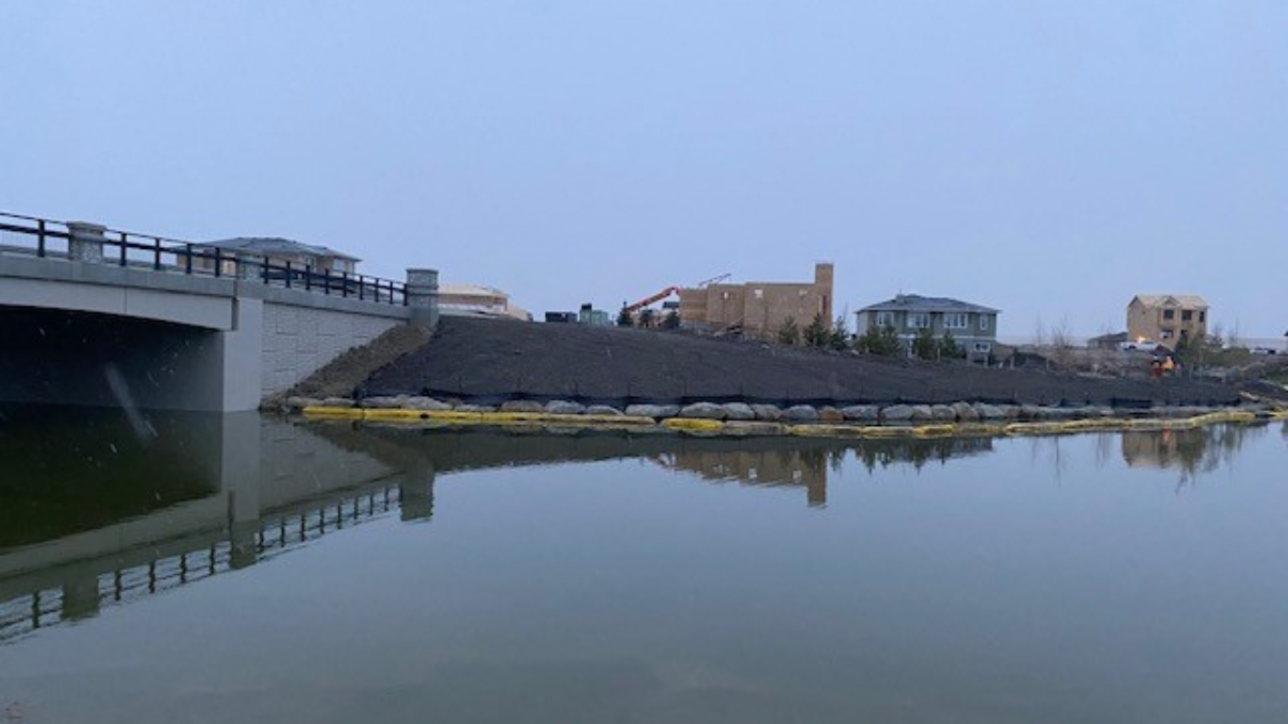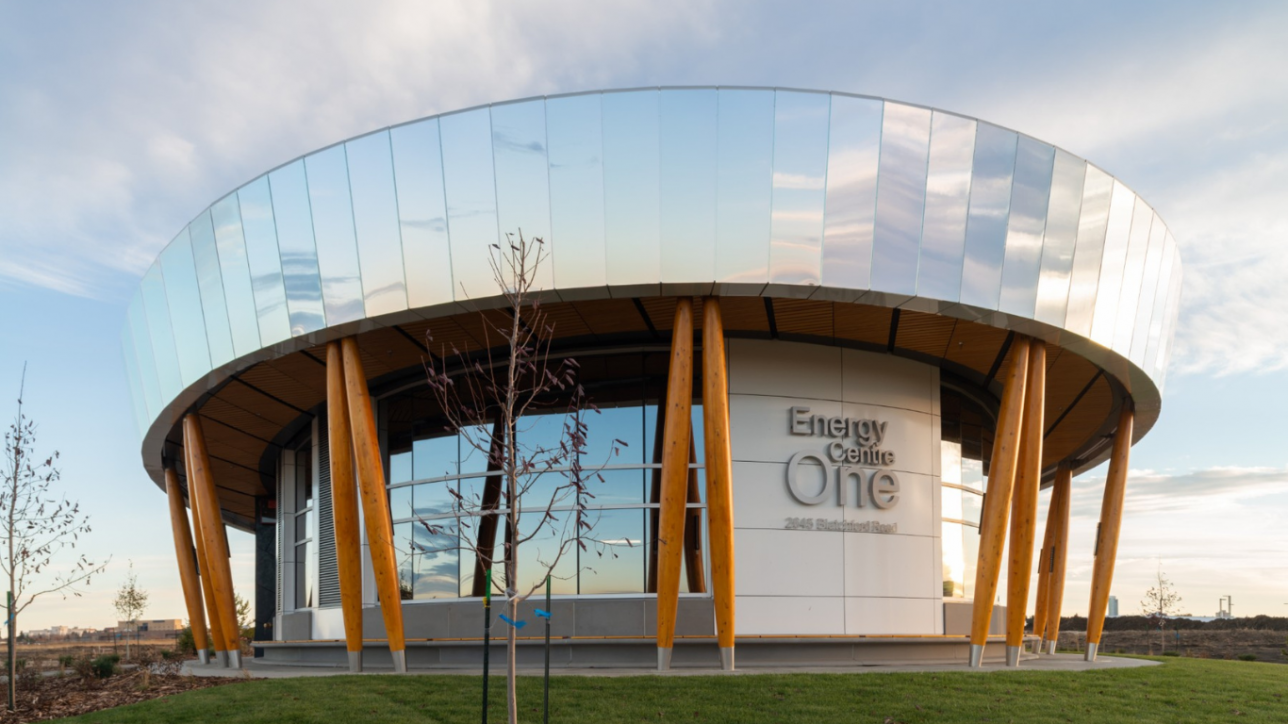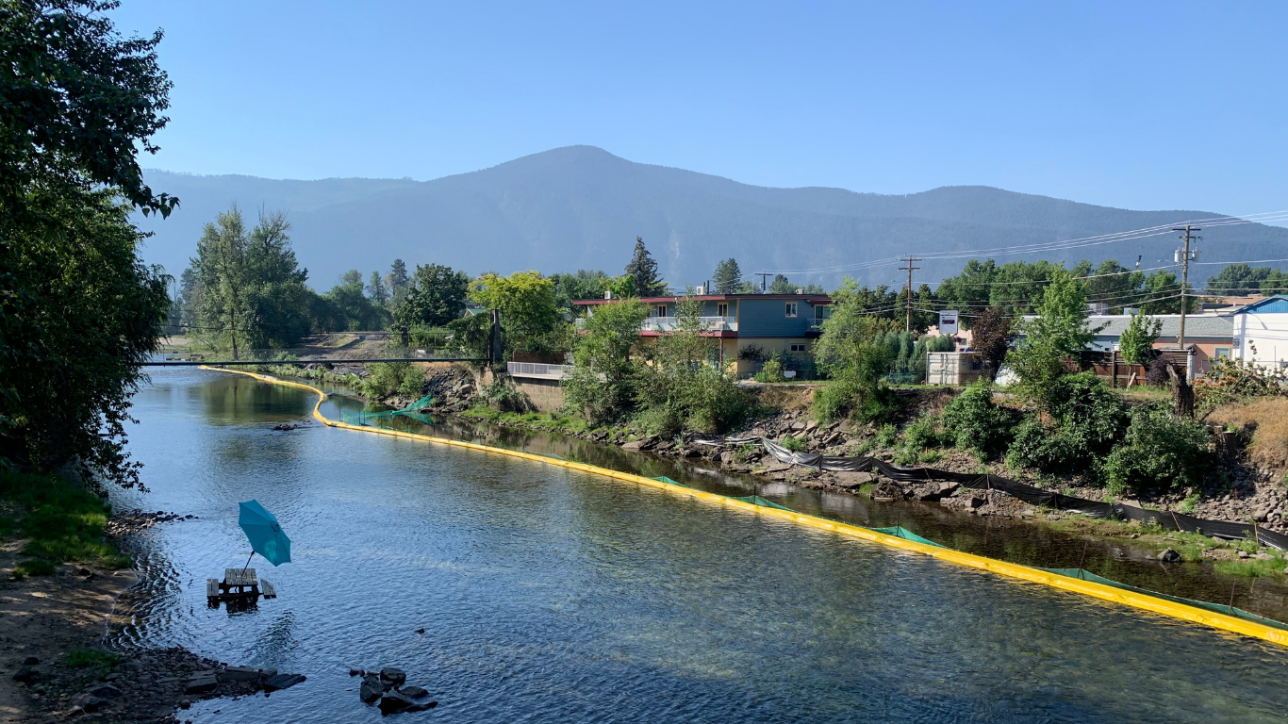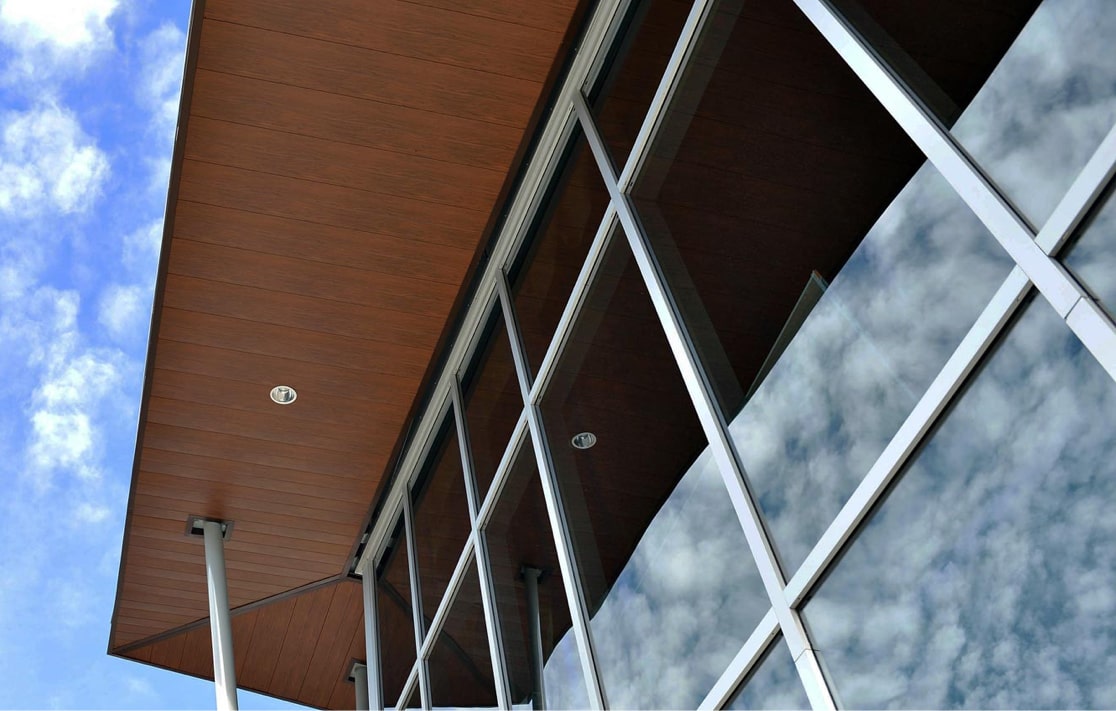Civil construction projects are the backbone of Canadian infrastructure. It’s what keeps communities moving, water flowing, the lights on, and every conceivable structure operational.
“Collaboration is at the centre of our approach to delivering projects, regardless of the delivery model, our teams have grown up in the world of collaboration and it’s really rare in the construction industry.” – Aleksi Makila, project director, civil and clean energy.
We handle civil and clean energy projects differently than others, and collaboration is at the heart of what we do. From Vancouver Island to Eastern Ontario, our civil team is working both on and off-site using collaboration, collective effort, and principles of lean construction with our partners to deliver projects. This robust team works on complex projects like wastewater, transportation, open spaces, and clean energy. These complex systems require the construction industry to be strategic, thoughtful, and most of all collaborative.
Structural transportation calls for strategic thinking, used by our civil team for the Bayside Bridge in Airdrie, Alberta. The Bayside community needed a new waterline and bridge, this was phase 12 of their neighbourhood structure plan.
"One of the teams’ key strengths was their ability to self-perform most of the work required to build the bridge. This allowed them to have greater control over the quality of the work and the schedule, and it also helped them to be more efficient and cost-effective in their approach.” – Derek Webster, construction manager.

Throughout the construction of the bridge, the team completed many self-performed scopes, working on the expansion joints directly. The self-performed installation process was difficult due to it being extremely technical, the joint's temperature was set for thermal expansion, so the location and width of the joints needed to be cast in to be set at the specified temperature range. The temperature needed to be recorded every four hours for external and internal temperatures and relative humidity during the wet curing processes. Derek said, “The team found they were able to monitor the temperatures remotely using thermocouple sensors that were wired to 3G receivers.” Derek explained that they were able to deliver a high-quality bridge that not only met all the technical requirements but also incorporated design elements that made it a true landmark in the area. The community could use the bridge shortly after starting because the bridge was delivered on time without any setbacks.
A project that required thoughtful precision from the civil team was the Blatchford Energy Centre in Edmonton, Alberta which addressed the need for renewable energy for the local community. The surrounding 217-hectare area surrounding the district energy facility, including residential and commercial developments, would draw energy from the facility. Our team was tasked with building a large geoexchange field for the facility to pull geothermal energy and transport it through the district energy-sharing system.

This meant we needed to bore 570 holes 147m deep and connect them with 12,000 meters of header piping under a storm retention pond. They were able to build the geo heat exchange field using solar energy throughout construction and delivered a beautiful yet functional mechanical processing building.
In Grand Forks, British Columbia, we completed a massive project that called for our civil team’s collaborative approach. We delivered a flood mitigation system that includes building concrete and earth barriers and a new stormwater pump station to protect the community’s riverside. We worked with environmental groups, archaeological groups, architecture partners, and the client to find a solution that would limit impact for nearby residents.

Using collaborative construction principles meant our team held strategic design meetings and worked through issues as they came up, avoiding delays to our progress and empowering team members. Our earthwork trade partner used their GPS capabilities in their digging work, making the underwater digs as accurate as possible, under nine meters of water. Our civil team operates across Canada to bring the right people and expertise to projects while integrating local clients, partners, and workforces.
